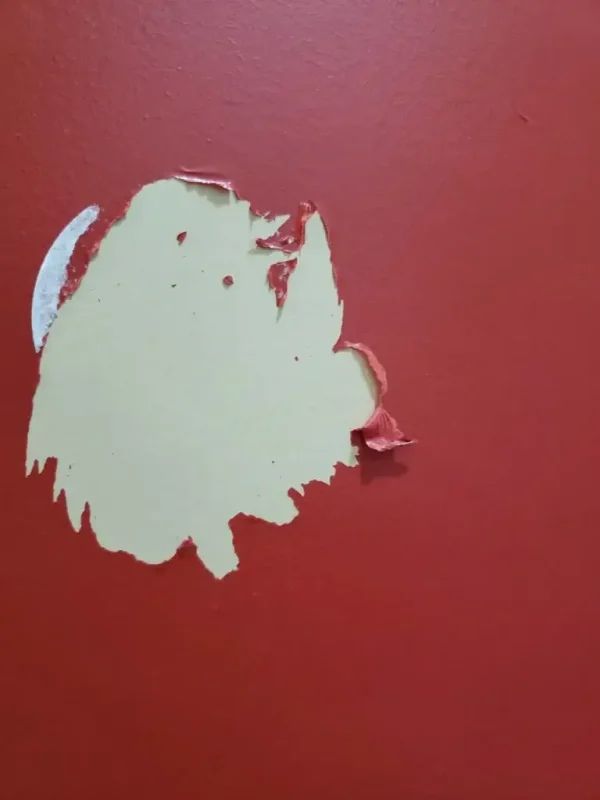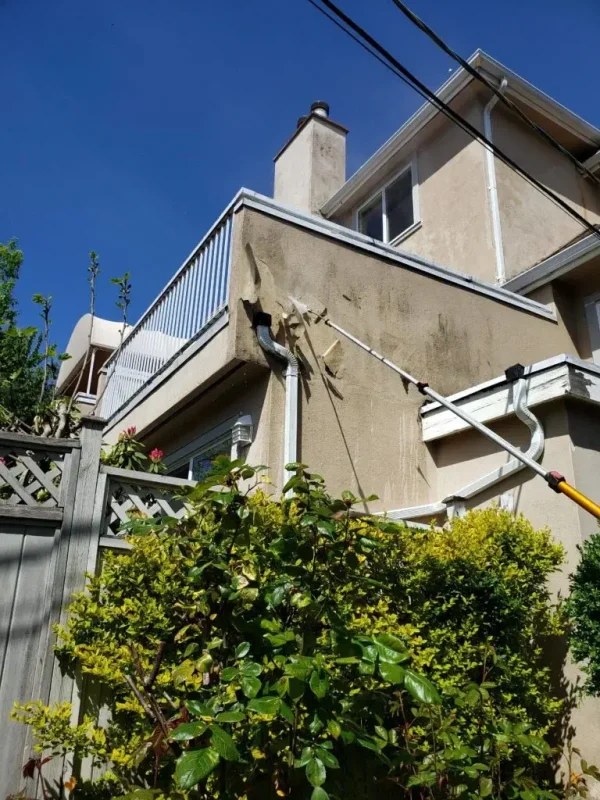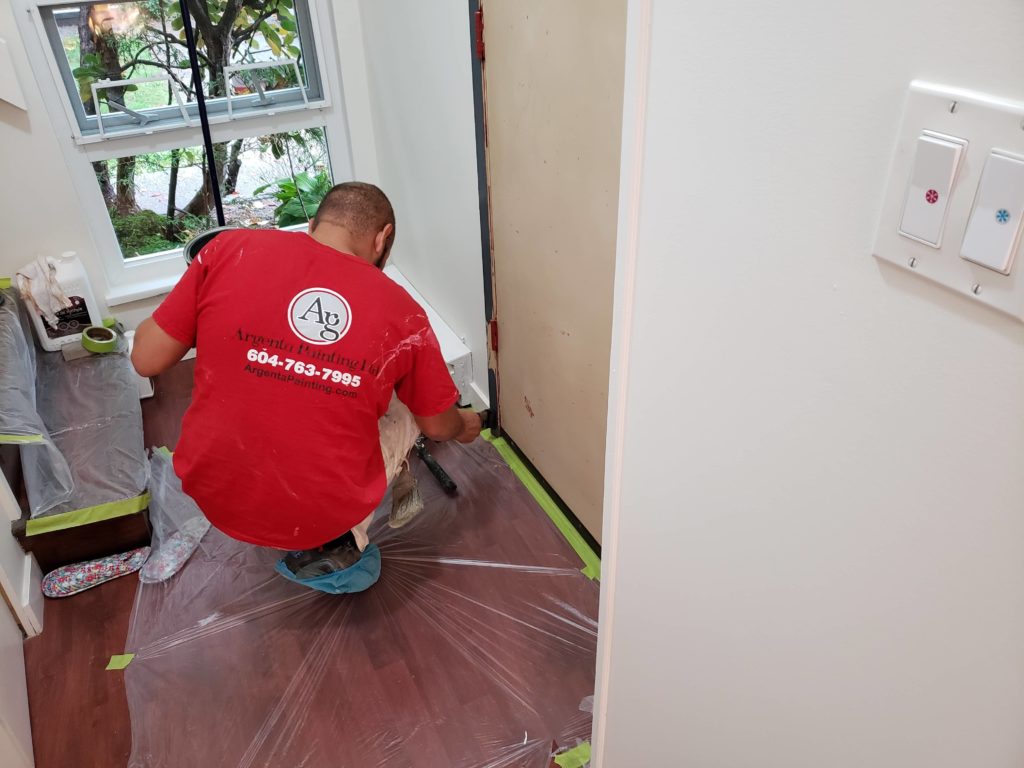The Hidden Costs of Cheap Paint: Is Saving Now Worth It in the Long Run?
When it comes to painting projects, the allure of saving a few dollars upfront with cheap paint can be tempting. After all, who doesn’t love a good bargain? However, what many homeowners fail to realize is that opting for cheap paint can often lead to significant costs down the road. In this blog post, we’ll delve into the hidden costs of choosing inexpensive paint options and explore whether the savings are truly worth it in the long run.
From compromised durability to subpar aesthetics, we’ll uncover the potential pitfalls of skimping on paint quality and highlight the importance of investing in a high-quality paint product for your home. Join us as we unravel the truth behind the price tag and discover why cutting corners on paint could end up costing you more than you bargained for.
Quality vs. Cost:
When it comes to purchasing paint, there’s often a trade-off between quality and cost. While opting for cheap paint may seem like a budget-friendly choice initially, it’s essential to consider the long-term implications. Cheap paint typically sacrifices quality for affordability, resulting in inferior durability, coverage, and color retention.
As a result, surfaces painted with cheap paint may require more frequent repainting, leading to higher maintenance costs over time. In contrast, investing in high-quality paint may come with a slightly higher upfront cost but offers superior performance and longevity. By prioritizing quality over cost, homeowners can enjoy durable, vibrant paint finishes that stand the test of time, ultimately saving both time and money in the long run.



Long-Term Consequences of Cheap Paint:
Choosing cheap paint may seem like a cost-effective solution at first glance, but it often comes with significant long-term consequences. Cheap paints are notorious for their inferior quality, leading to a host of issues such as premature fading, chipping, peeling, and poor adhesion. These problems not only compromise the appearance of painted surfaces but also necessitate frequent repainting and repairs.
As a result, homeowners find themselves trapped in a cycle of constant maintenance, spending valuable time and money to rectify the shortcomings of cheap paint. In contrast, investing in high-quality paint ensures durable, long-lasting results, sparing homeowners from the hassle and expense of frequent touch-ups and renovations.
Impact on Aesthetics:
One of the most noticeable drawbacks of cheap paint is its detrimental effect on the aesthetics of a painted surface. Unlike high-quality paint, which delivers smooth, uniform coverage and vibrant colors, cheap paint often falls short in terms of finish and color consistency. Homeowners may find themselves grappling with unsightly streaks, blotches, or uneven coverage, detracting from the overall appeal of their property.
In a world where first impressions matter, a shoddy paint job can significantly diminish a home’s curb appeal and resale value. By investing in quality paint, homeowners can achieve the flawless, professional-looking finish that enhances the beauty of their home and leaves a lasting positive impression on visitors and potential buyers alike.



Health and Environmental Concerns:
Beyond the immediate financial costs, the use of cheap paint can raise significant health and environmental concerns. Many inexpensive paint formulations contain higher levels of volatile organic compounds (VOCs) or hazardous additives, which can release harmful fumes into the air during application and drying. Prolonged exposure to these toxins may pose risks to respiratory health and contribute to indoor air pollution. To learn more about VOCs and their potential health effects, you can explore resources such as the article “Volatile Organic Compounds in Your Home” published by the Department of Health.
Moreover, the environmental impact of frequent repainting cannot be overlooked. As cheap paint fails to provide durable, long-lasting results, homeowners often find themselves repainting more frequently, generating greater quantities of paint waste over time. Improper disposal of paint cans and leftover paint poses environmental risks, as these materials may contaminate soil and water sources if not handled responsibly.
By prioritizing quality paint products with low VOC emissions and environmentally friendly formulations, homeowners can safeguard both their health and the planet. Investing in durable, high-quality paint not only ensures a safer, healthier living environment but also contributes to sustainable practices that benefit future generations.
Affordable Alternatives:


Professional Advice:
Investing in quality paint is crucial for the longevity and aesthetic appeal of your home. While cheap paint might seem like a cost-effective solution initially, the long-term consequences—such as frequent repainting, poor finish, and potential health risks—can outweigh the savings. Similarly, hiring skilled painters is equally important. A high-quality paint job ensures that the paint adheres properly, looks professional, and lasts for years. For more insights, check out our blog, “Quality Matters: Invest in Good Painting for Lasting Results!” where we discuss how a poor paint job ended badly and we were called to repair it. Remember, both high-quality paint and professional application are essential to achieve the best results and protect your investment.

